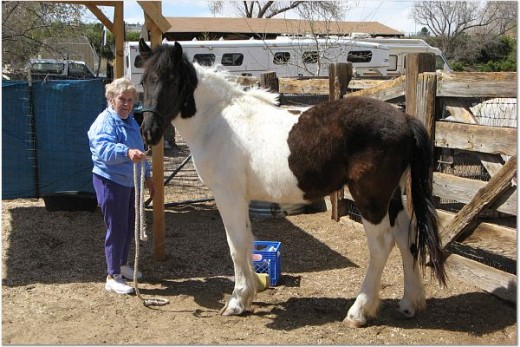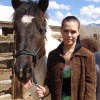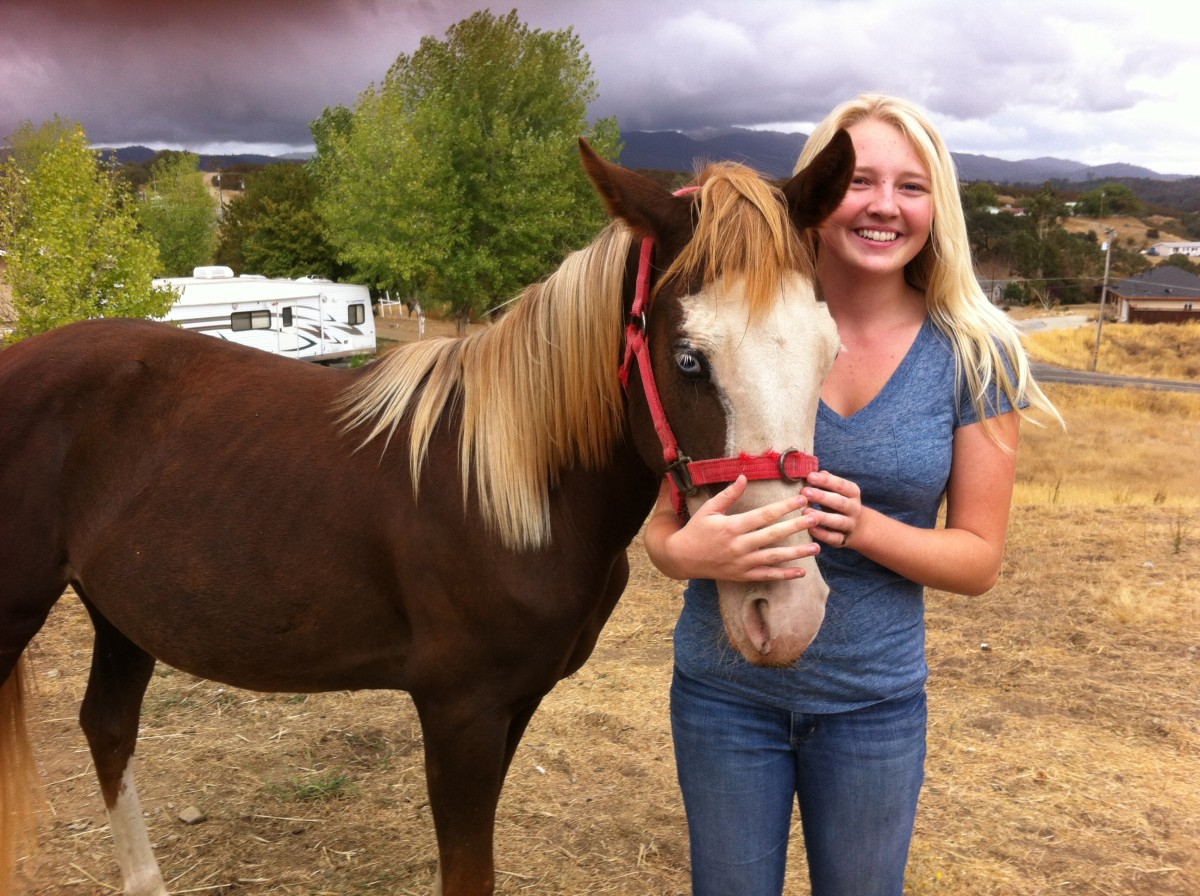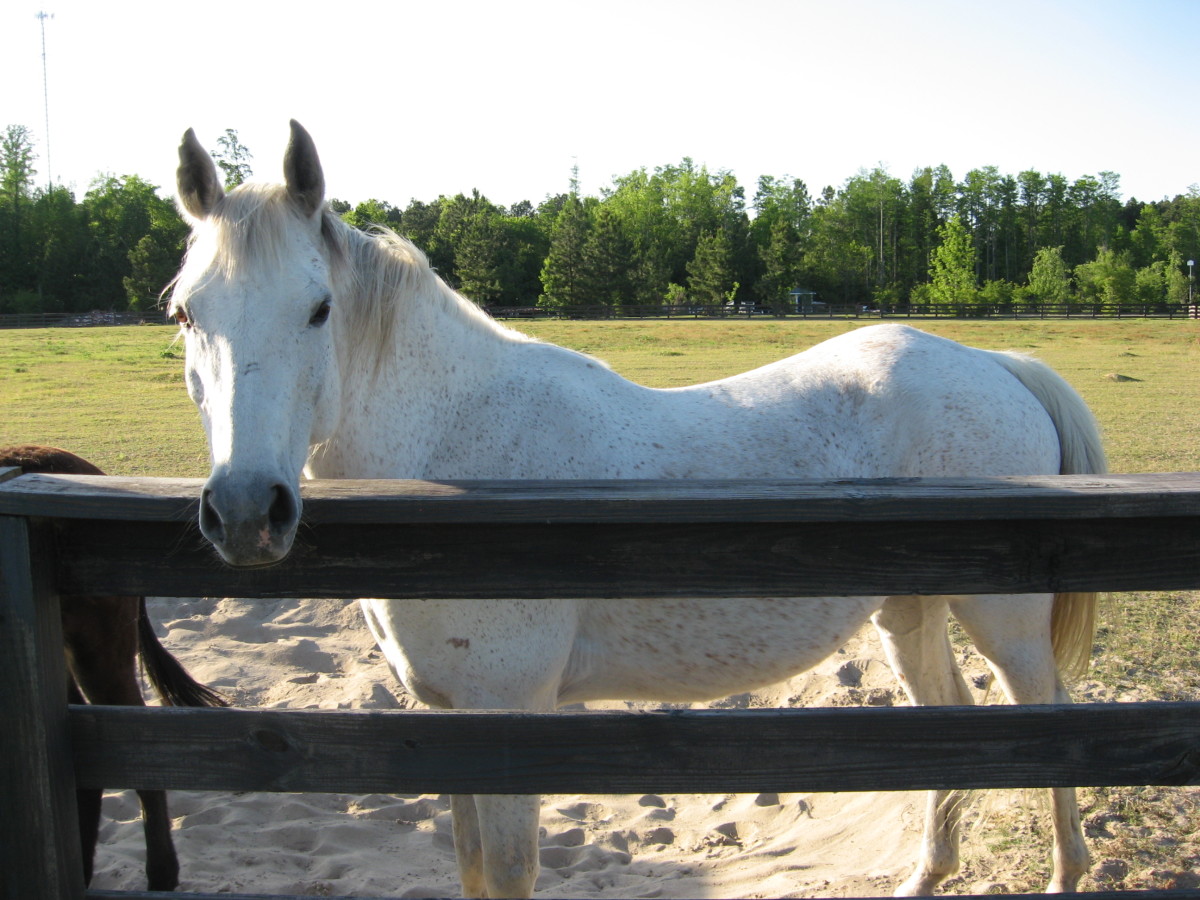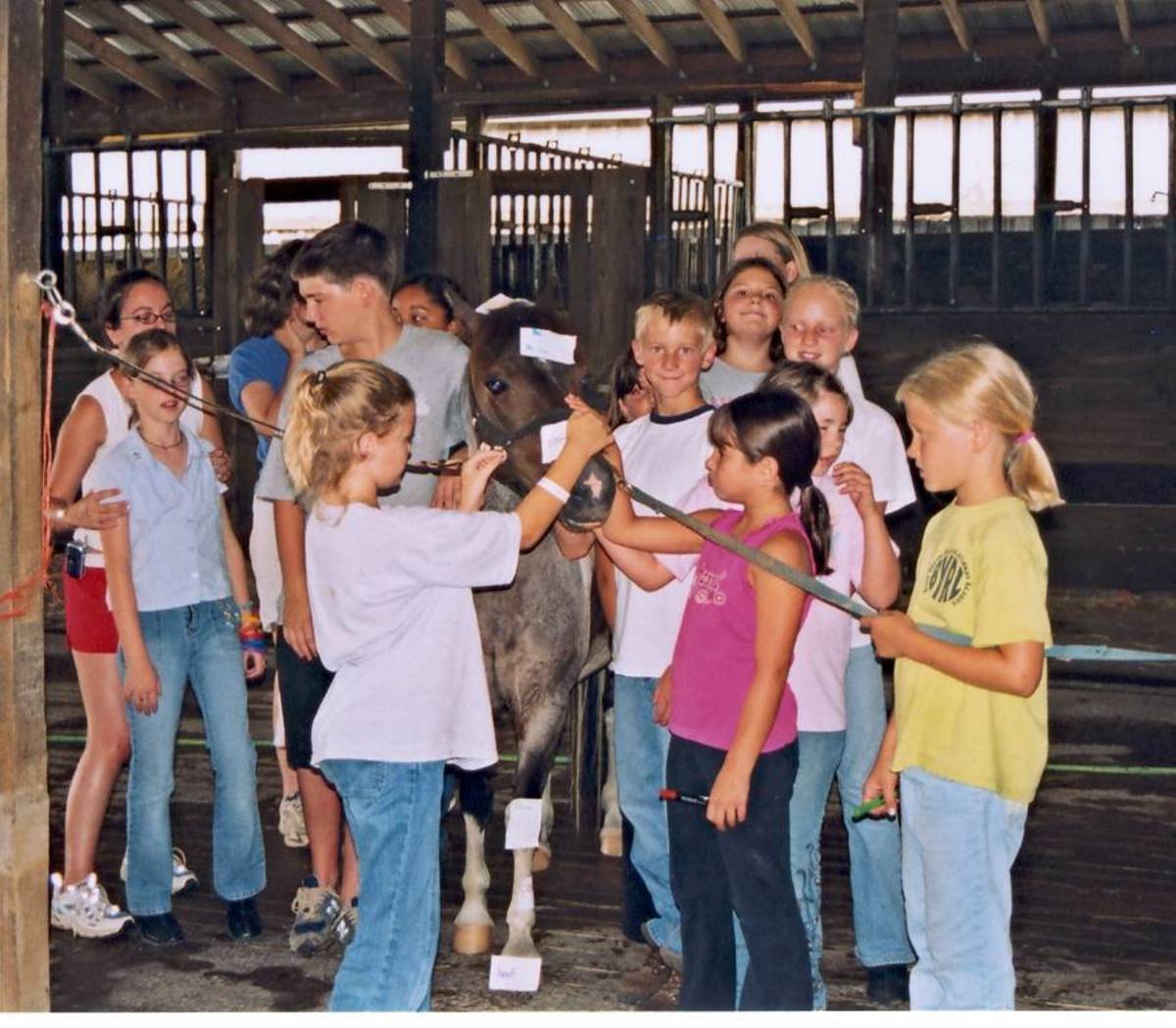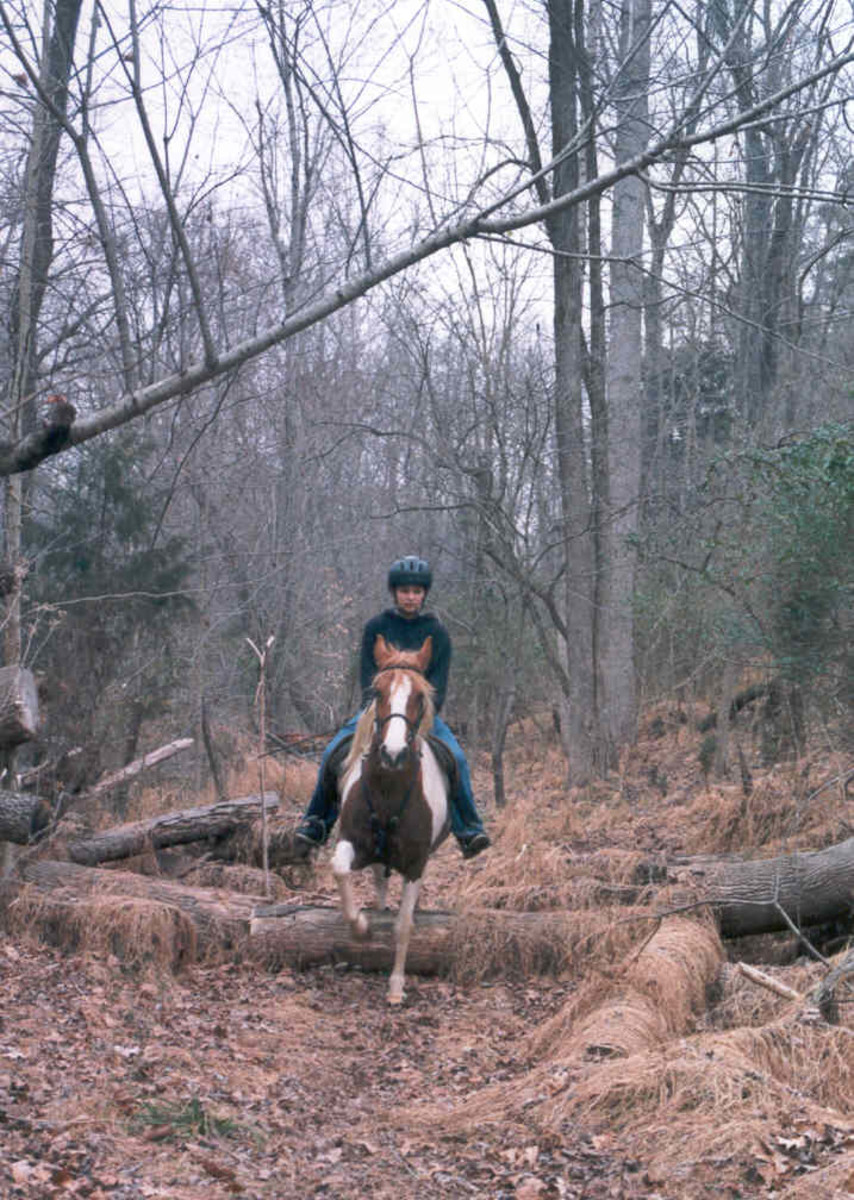Horsemanship with Heart
Building a Relationship
Horses are herd animals, they long for companionship and family. The key to a fulfilling and enjoyable, not to mention safe, experience with horses is learning to communicate with them in the way they understand. If they don't understand, they will never trust. It's a basic concept that will unlock limitless possibilities.
By building a foundation of trust, you build opportunities for anything you want to do with your horse. Keep in mind that your horse recognizes predatory animals when they see one, and you are a predator. This alone will give a horse an uneasy attitude about people. However, it is in presenting a calm and gentle personality that you will ease a horse's fears. You have to be the herd's dominant, you must present yourself as such. The best leader is patient, yet in control. Horses can be intimidating when you first start working with them, but no matter how scary it is, you have to pretend to be confident and knowing what is going on.
When first working with a new horse, take time to allow them to become comfortable. Don't rush a horse into unfamiliar situations with unfamiliar people. If it takes sitting in the stall reading a book, waiting for the horse to accept you, that is what needs to be done. With foals, this is called imprinting. One of the perks is that the horse comes to see you as family, creating a trusting bond that is difficult to break. My horse came to me at 6 months old, no people contact and no training. I spent 5 days in his stall, by then he would lie right next to me. After 6 days, we had a halter on him and were practicing leading. Now, the halter is unnecessary. He follows me like a big puppy, and he's barely 2 years old. Anything asked of him, as long as it's asked in the right way, he will do.
To build the relationship needed for such success there are some key rules.
- Talk to your horse, they love to listen to you. However, watch your tones. Even when frusterated, don't lose your calm. It will show through your voice, which may scare the horse and cause unnecessary problems.
- Time and patience are more important than intimidation. Your horse is looking for someone to trust, but you must constantly strive to earn that trust.
- Spend time with your horse; groom, play, bond if you will. The more time spent, the closer the horse will be to you.
- Reward where it is due, and discipline where it is necessary. And always remember, no amount of physical abuse will teach a horse anything except fear. A fearful horse is a dangerous horse.
With these basic tools, you too can have a dream relationship with your horse!
Building a Relationship
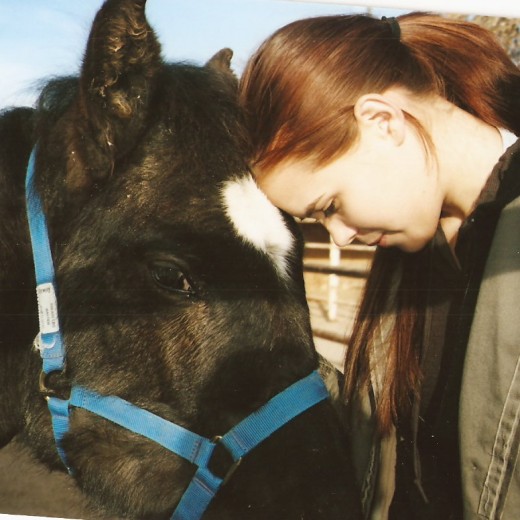

Teaching to Tie
It is important to teach young horses to stand and tie without struggle; for one, it's a criticial behavior, and also, many a horse has broken ties without problem. Therefore, this should be one of the first learned lessons.
Be sure your tying post is large enough to withstand the power of a fighting horse, just in case. Always use a safety release knot, which will allow quick action should anything happen. This should be used any time you tie a horse, not just for training. Use a halter and lead that are not frayed or warped so as to reinforce safety.
When you have your horse tied, give the lead enough of a jiggle to give your horse the realization that he/she is tied. Now just stand back and allow your horse to explore this new sensation. There may be a moment of panic, depending on his exposure to pressure on his nose. Don't get frusterated, which will only frighten the animal more. Use a reassuring tone and try to talk down the nerves. Although horses don't understand your words, they are well aware of tones, and it's important to keep yours calm and authoritative.
When you can tie the horse without the panic response, step further away, outside the stall or barn. Still within sight, but far enough for your horse to get interested in finding out more about this whole tying thing. Soon you will have a horse that will tie and stand like a champ!
Teaching to Tie
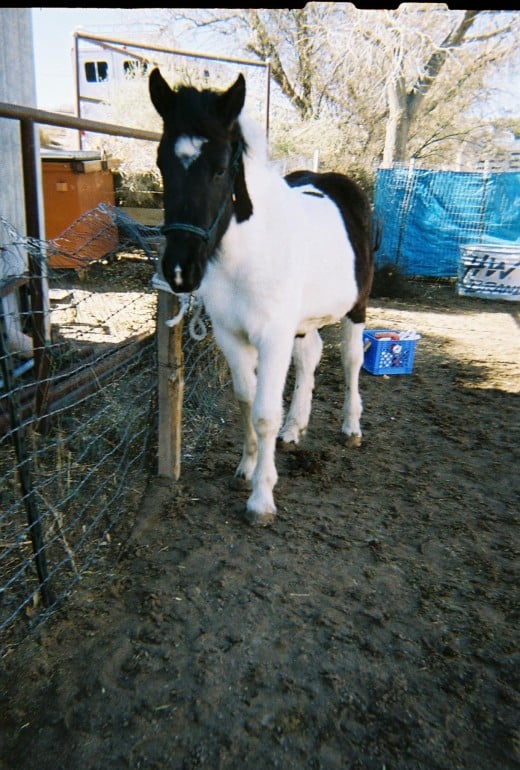
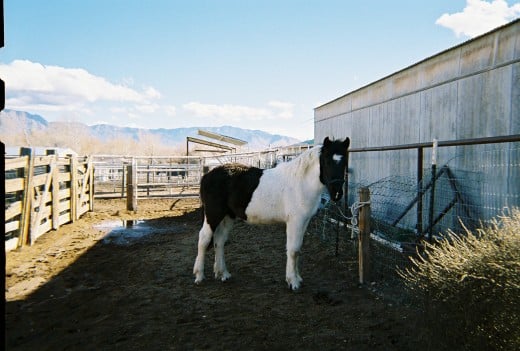
The Moving Game
This game will teach respect and discipline. It's a fairly simple excercise you can do with horses at just about any level. I use a simple carrot stick as an added attention-grabber, however a whip or swinging lead will work too.
The point of this game is simple, keep your horse moving. Most of the time, a horse will have enough energy starting out that he/she will want to get moving. Shouldn't take much goading to get them into a gallop. It's important to keep the horse moving, not letting them stop to rest. Starting out, you may let the horse slow to a trot or walk, but never stopped.
It may take a few tries, but eventually the horse will start to look at you, trying to understand what it is you want. At this point, you can lower your carrot stick, which is an invite to your horse. Lowering that stick means, "Come on in and rest." Your horse may take a while to get this concept, but will soon realize that rest comes through submission to you. Should the horse not come in, get him/her moving again.
When the horse does come in, be sure to reward properly. They need to know that they did what you wanted, and a good scratch on the neck does the job nicely. Some horses will do something I call 'connecting', simply meaning that they respect you enough to follow. This is a wonderful sign and should you and your horse achieve it, Congrats!
Moving Game
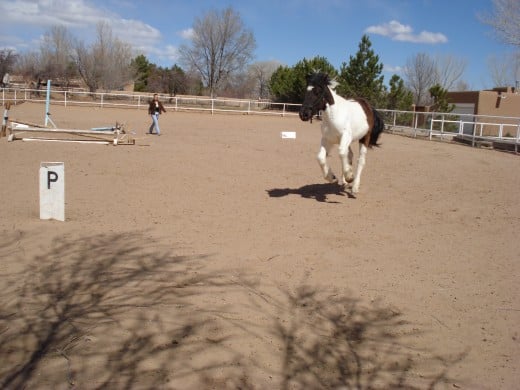
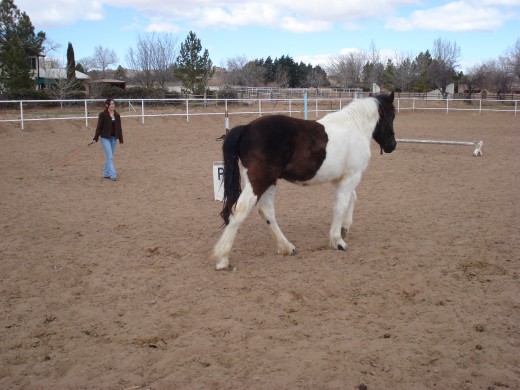
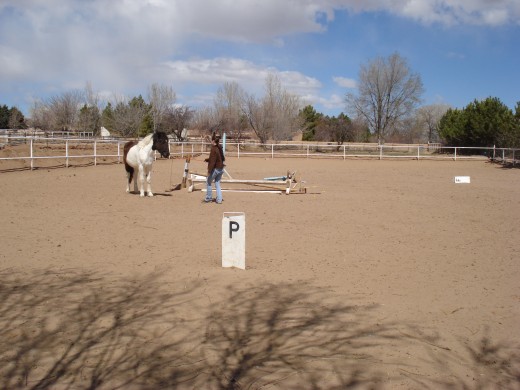
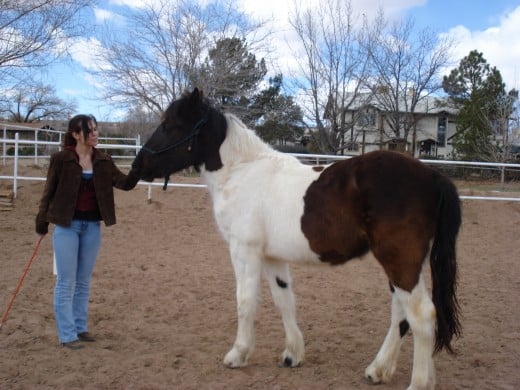
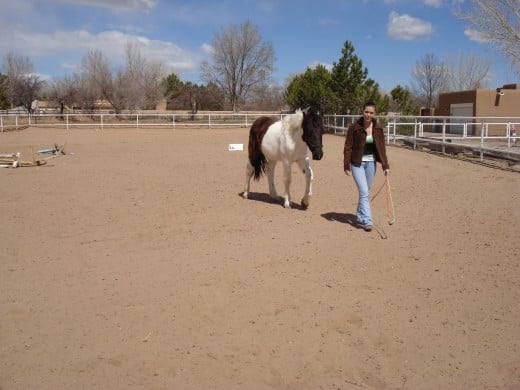
The Find Me Game
This is a little trick that I've used on my horse since he learned to tie. It's a simple and easy little game that is fun for the horse and a good safety habit too.
Having to move around the horse is a fact of life, for grooming, shoeing or tacking up. However, it is key that your horse is constantly aware of where you are and what you are doing. Since horses are naturally tenative, it is easy to spook them if they don't see what's happening. That's why I play this game.
You'll do your grooming etc., on the horse's left side. When you come around behind, leave a good distance for safety. Once you are on the far right side, still behind the horse, call to him/her. Speak, snap yor fingers, click your tongue, whatever will get your horse to turn his/her butt away and look at you. When he/she has done this, walk up and reward with a nice scratch on the neck. As he/she begins to understand the game and do it without prodding, move in closer and play it from other places. Your horse will think it's a game.
Simple as that! You are teaching an innate awareness that will help ensure the safety and comfort of you and your horse. Not to mention an interesting little trick that will keep your horse interested and on his/her toes, so to speak. He/she will learn that commands will come from you anytime, any place, and will be more alert to what you want. Good Luck!
Intro to Saddle
The saddle can be a frightening concept to a horse who has no clue as to its purpose. Imagine someone tying a big leather thing to your back and telling you to run with it! However, there are ways of warming your horse up to saddles, even before he/she is old enough to be ridden.
Taking the saddle, be sure to let your horse smell it top to bottom. This simple exploration will assure the horse it's not in danger. Touch the saddle to the horse's shoulder, to test his tolerance of it. Should he pull away, if safe, follow with the saddle still touching him. This will teach that he can't avoid it. Keep talking to him, using comforting tones, keeping him calm.
When he stops again, slowly place the saddle onto his back, just as you would a trained horse. Should he wish to smell it again, let him. Reward his standing for it. Once you've got the saddle on, bring the girth around for your horse to smell. This is very important, as this will be binding him in a very unusual way and may cause panic. After allowing him/her to smell it, slowly place the girth in the buckle. Take your time in tightening it, allowing your horse to slowly adapt to the sensation. It is perfectly normal for the horse to try to pull away, however, follow him again. Don't loosen the strap, but allow him to smell it once more, reinforcing it's not dangerous.
Once you have the girth strapped, walk him/her with it for a bit. Take the horse into the arena and let them loose. Play the Moving Game. Some bucking at first is normal. The saddle changes the entire balance of a horse and takes alot of getting used to. However, with patience and practice, your horse will be used to a saddle before your ready to get in it!
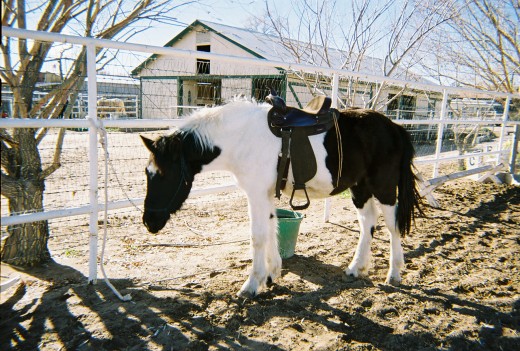
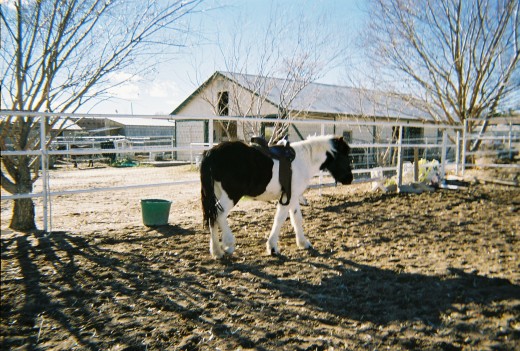
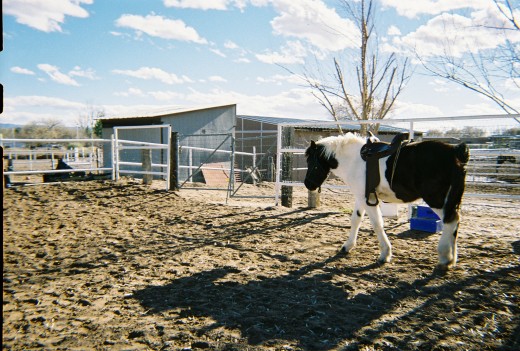
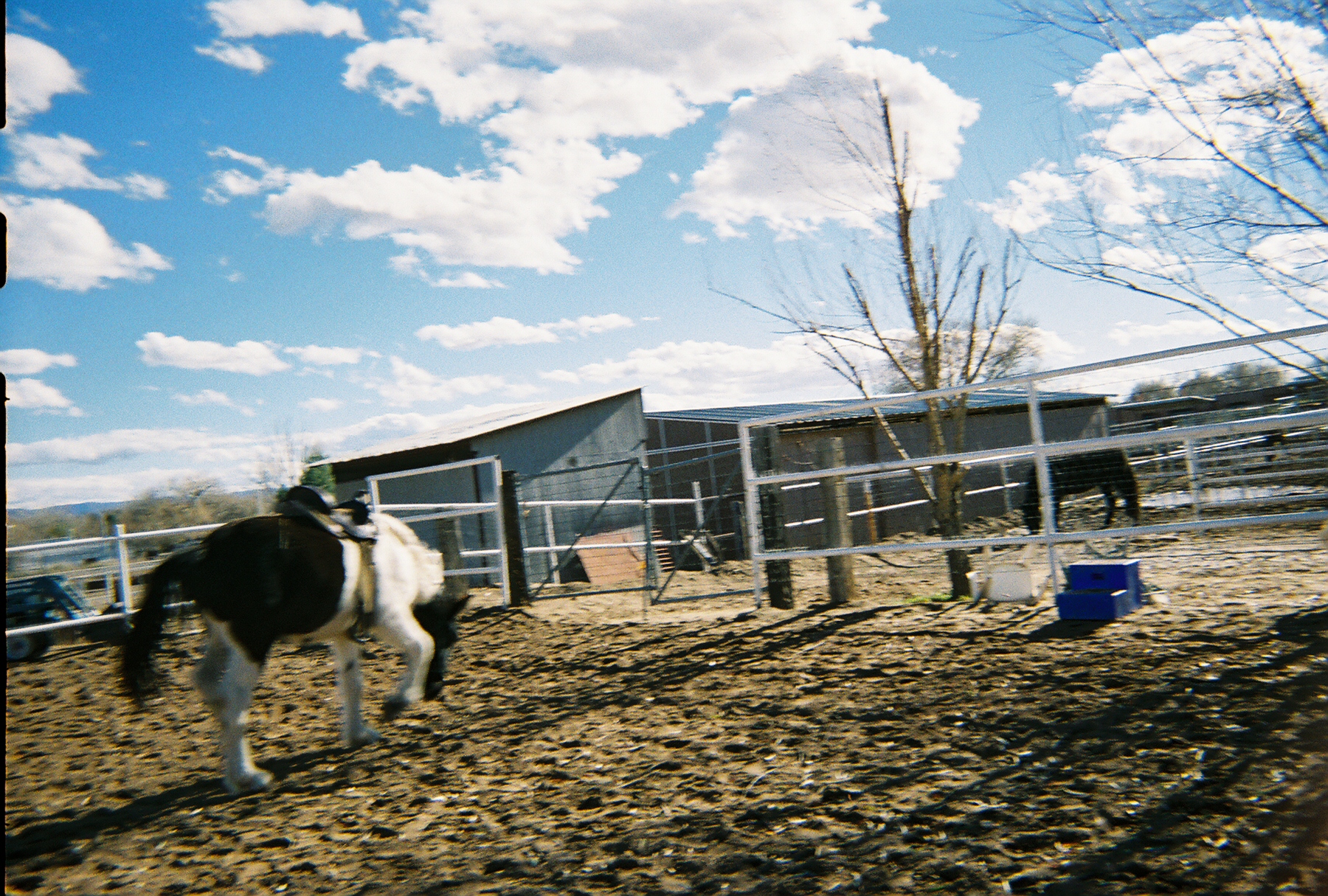
Kenai
The horse in these pictures is named Kenai. He was a PMU foal. To learn more about Kenai and other PMU horses, visit my hub PMU Horses.
Kenai
